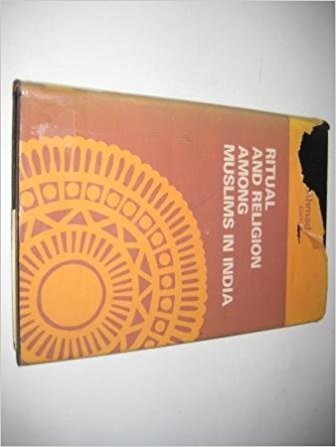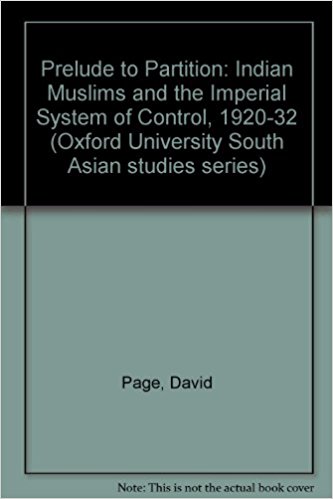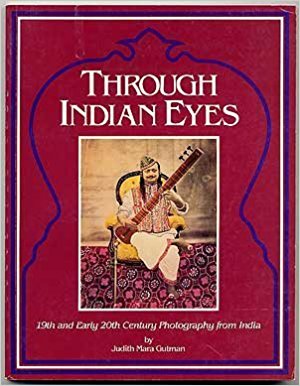Thirty Seven years ago President Truman of the United States of America dropped atom bombs on Hiroshima and Nagasaki. When he learned of the successful attack on Hiroshima he leapt up in the air and exclaimed, ‘This is the greatest thing in history.’
Archives
Nov-Dec 1982 . VOLUME 7, NUMBER 3Imtiaz Ahmad’s edited volume constitutes a departure from an academic tradition that has related Islamic pre¬cepts to Muslim customs and practices without considering regional customs and practices that bespoke much adapta¬tion. It provides the empirical evidence that Muslims, like other religious groups, have adapted their precepts and rituals to blend with their cultural environment and with customs and practices already in vogue.
The book under review is a companion volume to A.K. Banerji’s earlier study on India’s Balance of Payments 1921-22 to 1938-39 (1963). The hindsight enjoyed by the author has enabled him to attempt the construction of a continuous time-series of India’s balance of payments relating to almost the entire period of British rule in India.
1982
This is a book with a certain topical value but likely to be forgotten soon enough as another doctoral dissertation too hastily published. Despite Shashi Tharoor’s painstaking research, his effort is flawed by his preconceived notions and not quite redeemed by the quality of his scholarship. The thesis is outlined in the intro¬ductory chapter; the facts and the analysis that follow are simply to prove it. The book provides a lesson to students of diplomatic history how not to carry on research.
Contrary to its claim of making a comprehensive study of the problem of north-east India’s frontier tribes, the volume under review deals only with frontier-making in that region and examines the ‘forward policy’ pursued in that respect. Chronologically structured, this narrative pays little attention to the ethnolo¬gical details of the tribes con¬cerned, or to their many-sided problems, economic and social. The title of the volume is therefore somewhat misleading.
Constitutional history has long been the great ignis fatuus of the Anglo-Saxon historical tradition. In this context, it matters little that the Whigs enshrined par-liament with a halo of good¬ness, and Namier shot it down with a relentless expose of the cynicism and self-aggrandize¬ment in political motivation. What matters is that politics remained the crucial subject matter of the historian’s inquiry.
1982
In this collection of articles and speeches made by Romesh Thapar during the course of the last three or four years, he tries to sketch an Indian future. He seeks an under-standing of India’s present and casts critical glances at her past. A careful perusal of these writings makes it amp¬ly clear that this vision of India’s future, where it is not vague and confused, is fanci¬ful, quixotic and unconvincing.
Strategies of Political Emanci¬pation has resulted from six public lectures delivered by Professor Christian Bay at Loyola in 1977. The original lectures have been revised sub¬sequently in view of criticisms and questions raised. The pre¬sent work is a sequel to the author’s earlier major work, The Structure of Freedom, which appeared over two deca¬des ago.
Alvin Toffler, Bucky Fuller, Ivan Illich, Sham Lai, Edward Goldsmith and Orville Freeman are some of the names dropped at the com¬mencement of Kapur’s book. Strange bed-fellows, politically disharmonious, intellectually at variance: put together at a tea party they would scratch one another’s eyes out. Ima¬gine, for example, Illich and Freeman strolling side by side in soulful chat.
The book under review, as the author states in the Epilo¬gue, was completed in mid-1979 and therefore could not take into account ‘governmen¬tal lawlessness’, for instance, the Bhagalpur blindings of undertrials, the revival of sati in certain parts of India, the scandalous and barbaric treatment of inmates of the Protective Home for Women in Agra, the harrowing tales of inhuman exploitation of bonded labour in Punjab and Haryana, and the count¬less more recent examples of custodial brutality and violence within the Indian Police and some ‘correctional organizations’.
The international press has not taken kindly to the debate regarding itself which has been rumbling in the genteel con¬ference rooms of UNESCO, off and on, since 1972. It was in 1972 that the General Conference of UNESCO first aired the possibility that the media of the richer nations might be a means towards ‘the domination of world public opinion or a source of moral and cultural pollution’.
1836, Paris: Louis Daguerre invented the camera. Immedi¬ately, enthusiasts of the inven¬tion hailed the birth of an era of objectivity. Later, a new proverb was born: ‘the camera doesn’t lie’. In the course of organizing some 100 exhibi¬tions of diverse cultural and geographical origin (the latest being Through Indian Eyes), the International Center of Photography discovered again and again that the camera has been, in fact, a very subjective instrument of observation and documentation and that it can be made to lie.
What a piece of work is a man! How noble in reason! how infinite in faculties! in form and moving, how ex¬press and admirable! in action how like an angel! in apprehension, how like a god! the beauty of the world! the paragon of animals! And yet, to me, what is this quintessence of dust?
This is one book which can be judged by its cover. The attractive red-on-cream design is a facsimile of a certificate of honourable discharge from the British army, a torn and folded Britannia seated before her guard of honour. The book contains five pieces of writing about Anglo-Indians. I hesitate to call these stories, for they have a poetic quality. The characters are not com¬placent pawns of plot and circumstance, but voices which will find an echo in each of us.






